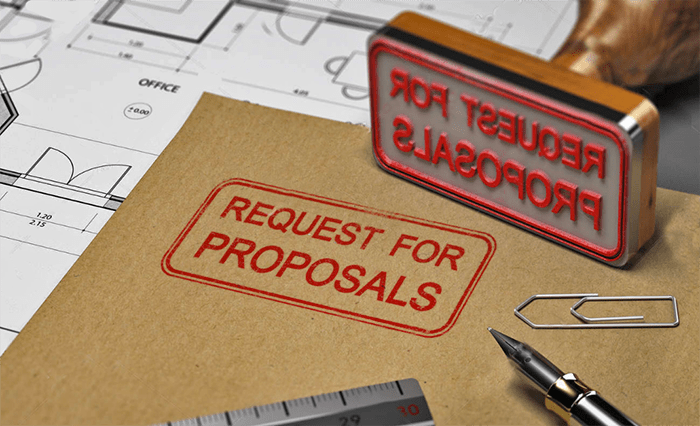
How to Write a Real Estate Investment Proposal (VIDEO)
Writing real estate proposals for investing and investors is something that many think it’s complicated but if it’s done step-by-step it can be easily done. Writing a proposal to buy a house or commercial property can be done by beginners and it’s easier than you might think. The goal of a proposal is to get an investor, business owner, broker to endorse your idea and provide the money or business. This can be done by gaining trust by showing that you know what you’re talking about and show you can deliver your premise.
I started writing business proposals over a decade ago and turned that practice into an easy-to-follow system and set of packages for anyone to create their proposals. For many years I have specifically helped real estate agents, developers, contractors, and other related companies develop their business proposals. While there are countless ways to write a pitch, they all follow a similar structure that is easy to understand.
Commercial Real Estate Proposal
Many of my clients work in the field of real estate and use this step-by-step guide. Some are realtors, some are investors or developers, some are property managers involved in commercial leasing or handling rentals. Some are commercial lenders or work for agencies dealing with housing. But they all have one thing in common: they all need to write a proposal to make a pitch. Most of you have written business letters, and maybe even advertising fliers and brochures. Therefore, you already have some concept of what business writing is all about.
I tell my clients that proposal writing is easier than it might seem because every proposal has standard sections and a standard structure. In a proposal, you basically introduce your organization; explain the need for your proposal; describe what you’re proposing, how your plan provides solutions to needs, and the costs involved; and then convince the boss, investor, prospective client, or grant committee that you know what you’re talking about.
Writing Any Proposal Professionally
Your first step in writing any proposal should be to gather information about the party who will judge your proposal. You want to present a proposal customized for that party’s specific needs, situation, and knowledge level. So try to imagine yourself in the other party’s position. But if you are pitching to another organization, then you may need to do a bit of work researching who the decision-makers are and what they will be looking for in a proposal.
If you are responding to an RFP, then of course you will carefully study the RFP’s written requirements. After you’ve collected the facts about the party you are pitching to, writing the proposal will come easily. No matter what sort of business you’re in or what sort of project you’re describing, proposals generally follow a four-part structure. An introduction of yourself and your proposal.
The Project-Centered Section of the Proposal
Following the introduction comes the client-centered part of the proposal. If your proposal is complex, you might want to begin this section with a summary page listing the most important points of your project. Whether or not you use a summary to begin. In this section, you should describe the needs, goals, and desires of the client. Next comes the project-centered section. Here, you describe your plan to provide what the client wants. Include all the topics you need to explain your ideas in detail. This section can include almost any sort of information: the pages you select will depend on what you are proposing.
For example, if you are proposing the acquisition of a property, you would want to include topics such as benefits or cost/benefit analysis, return on investment, community, occupancy, location analysis, amenities, facilities, and so forth. Include everything you need to describe your properties, ideas, and or services, and let the client or grant committee know about the associated costs and benefits. After you have described your plan, it’s time to convince your readers that you can deliver on your promises.
PDF, Email, and Print
That’s it for writing your proposal-not so hard, is it? But wait you’re still not quite done. Not only do you want your letter to read well, but you also want it to look good. You might want to incorporate your company logo, use interesting bullet points and fonts. After that put your information on pages with colored borders.
Keep the look professional, though. Make sure that the graphic elements match your business style and tone. Do I really need to say that it’s crucial to spell-check and proofread every page? It’s always a good plan to use a proofreader who hasn’t read the letter before because all writers are too close to their own work to spot all the problems. On to the absolute final step: delivering the proposal. The best delivery method will depend on your relationship with the other party.
For a long-distance client, you could attach a PDF file to an email message or send a printed proposal via a delivery service. If the committee members or clients are close, you might want to impress them by personally handing off a printed and signed proposal. Proposal Pack is not just a one-trick pony, either: the product works great for reports, research studies, fliers, letters, and lots of other business documents, too.






